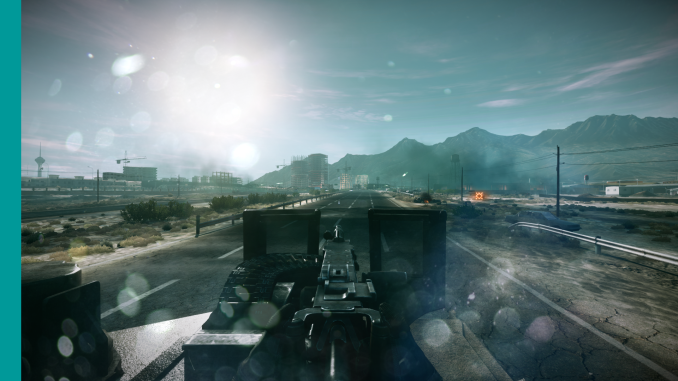FCAT: The Evolution of Frame Interval Benchmarking, Part 1
by Ryan Smith on March 27, 2013 9:00 AM ESTMore To Come
While we were unable to complete our work with FCAT ahead of NVIDIA’s embargo, we wanted to provide an article that at least gives a brief overview of FCAT, as FCAT is in many ways itself part two of a process we started yesterday with our article and analysis of stuttering on AMD cards.
FCAT, we believe, is the next evolution of frame interval benchmarking. Where FRAPS' coarse nature does not suffice, FCAT provides a clear picture of what’s happening at the end of the rendering pipeline, giving us for the first time an automated, quantitative look at frame intervals, stuttering, and more. To be clear it is by no means a perfect tool, but as we have taken the time to lay out yesterday and today, compared to the beginning of the rendering pipeline, it is the end of the rendering pipeline that is more meaningful both for quantitative analysis, and ultimately for the users.
Speaking more directly however, FCAT is quite simply the frame interval analysis tool we have long wanted. It is the tool that will enable us to analyze stuttering, micro-stuttering, and more, in a manner consistent with our benchmarking methods and core beliefs in the scientific method. It’s exceedingly rare that we say this, but we haven’t been this excited by a new benchmarking tool in a very long time.
Wrapping things up, we will be following up this article next week with part 2 in our look at FCAT. In part 2 we will go into further detail about how to analyze the results FCAT generates, and what we’re finding across a range of video cards and games, both in single-GPU and multi-GPU configurations. So until then, stay tuned.











88 Comments
View All Comments
Ryan Smith - Friday, March 29, 2013 - link
If there is frame metering, then FCAT would show results with highly regular frames with few-to-no runt frames. So in a roundabout way it proves frame metering/pacing; you wouldn't have that kind of smoothness without it.Andromeduck - Saturday, March 30, 2013 - link
Not delaying fast frames would cause stuttering game time.Try again.
Despoiler - Wednesday, March 27, 2013 - link
Can't wait for part 2!Found a couple of typos in this sentence, "By using a PC capture card, the *entre* run of a benchmark can be captured and recorded to *vide* for analysis."
Torrijos - Wednesday, March 27, 2013 - link
It gets interesting ^^ A year and a half later, but still.It would be interesting to have a FRAPS comparison result to see the improvements with this method.
Also I'm wondering about the cases where frames pass almost invisibly with only a few lines (or none?) been drawn to the screen (due to the screen / capture card refresh rate).
Does the tool detect such cases? (through knowing the order in which the colour overlay is supposed to happen it could detect frames that weren't drawn, while being unable to provide timing for those)
I've seen a couple more articles on news methods that forgo FRAPS...
http://www.pcper.com/reviews/Graphics-Cards/Frame-...
Torrijos - Wednesday, March 27, 2013 - link
Commenting my own post (sic) to say that the pcper articles shows comparison between this new method and FRAPS and the old FPS average value, pretty interesting.DanNeely - Wednesday, March 27, 2013 - link
Yeah. It looks like pcper homebrewed the same sort of tool nVidia did internally. It'll be interesting to compare analysis options when part 2 is up.Klimax - Thursday, March 28, 2013 - link
Here you go:http://techreport.com/review/24553/inside-the-seco...
Short story: You cannot stop using FRAPS unless one wants to miss part of story not visible at the end of pipeline. (FRAPS and FCAT are complementing not supplanting)
tynopik - Wednesday, March 27, 2013 - link
"we have long waned" -> wanted (pg3)colinstu - Wednesday, March 27, 2013 - link
Techreport has been doing this for months. It's a great measurement and definitely the way of the future when it comes to comparing cards. Sites holding onto FPS only reviews are stuck in the past.Novulux - Wednesday, March 27, 2013 - link
You may have missed the point of this article as well as the prior one. Techreport utilizes Fraps, which is what's being criticized. Simply because they may be waiting for the correct tool does not define many sites as "stuck in the past."